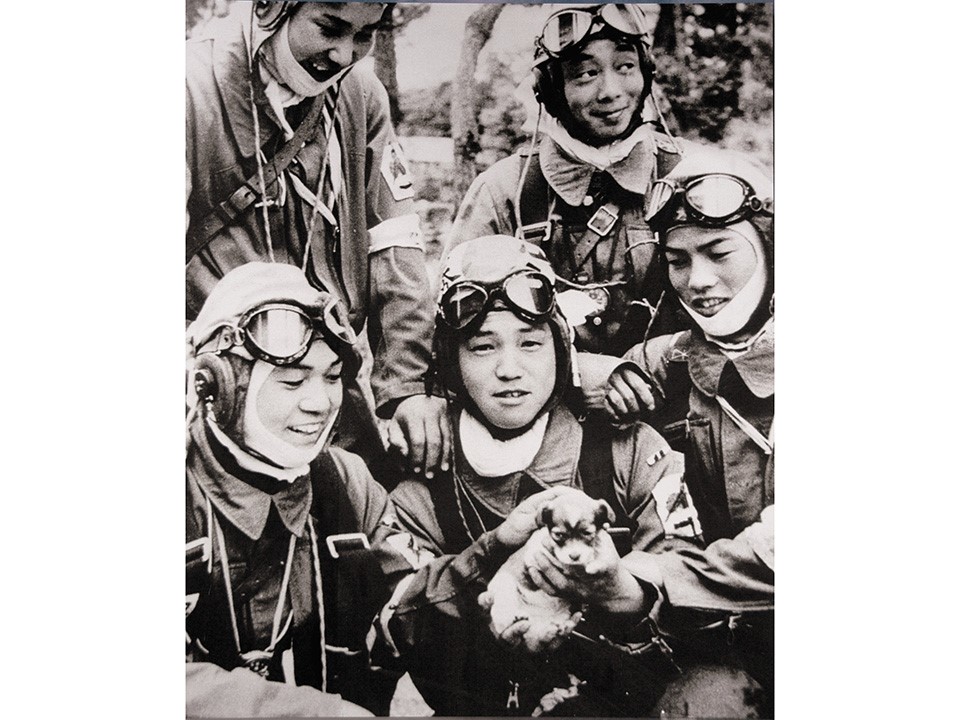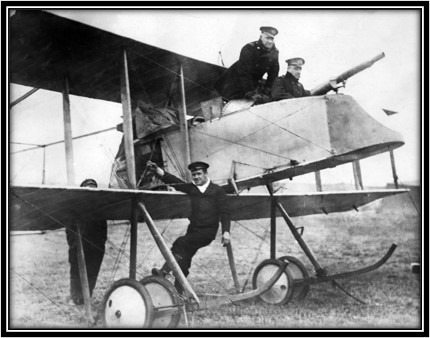Good morning fellow ECAHF’ers, while most of us are probably too “mature” to put salt in the sugar bowl, cigar loads in dad’s cigar, or tell your spouse with a straight face that you’ve decided to sell everything and become a Tibetan Monk…and then exclaim “April Fool’s Day! (I’ve done all three…and more…and am not too mature, yet, to find other ways to “celebrate” April Fool’s Day), there was no joking around on April Fool’s Day in 1945.
On April 1, 1945, according to History.com, “after suffering the loss of 116 planes and damage to three aircraft carriers, 50,000 U.S. combat troops, under the command of Lieutenant General Simon B. Buckner Jr., landed on the southwest coast of the Japanese island of Okinawa, 350 miles south of Kyushu, the southern main island of Japan. Determined to seize Okinawa as a base of operations for the army ground and air forces for a later assault on mainland Japan, more than 1,300 ships converged on the island, finally putting ashore 50,000 combat troops.
“The Americans quickly seized two airfields and advanced inland to cut the island’s waist. They battled nearly 120,000 Japanese army, militia and labor troops under the command of Lieutenant General Mitsuru Ushijima.
“The Japanese surprised the American forces with a change in strategy, drawing them into the mainland rather than confronting them at the water’s edge. While Americans landed without loss of men, they would suffer more than 50,000 casualties, including more than 12,000 deaths, as the Japanese staged a desperate defense of the island, a defense that included waves of kamikaze (“divine wind”) air attacks. Eventually, these suicide raids proved counterproductive, as the Japanese finally ran out of planes and resolve, with some 4,000 finally surrendering. Japanese casualties numbered some 117,000.

Good morning fellow ECAHF’ers, while most of us are probably too “mature” to put salt in the sugar bowl, cigar loads in dad’s cigar, or tell your spouse with a straight face that you’ve decided to sell everything and become a Tibetan Monk…and then exclaim “April Fool’s Day! (I’ve done all three…and more…and am not too mature, yet, to find other ways to “celebrate” April Fool’s Day), there was no joking around on April Fool’s Day in 1945.
On April 1, 1945, according to History.com, “after suffering the loss of 116 planes and damage to three aircraft carriers, 50,000 U.S. combat troops, under the command of Lieutenant General Simon B. Buckner Jr., landed on the southwest coast of the Japanese island of Okinawa, 350 miles south of Kyushu, the southern main island of Japan. Determined to seize Okinawa as a base of operations for the army ground and air forces for a later assault on mainland Japan, more than 1,300 ships converged on the island, finally putting ashore 50,000 combat troops.
“The Americans quickly seized two airfields and advanced inland to cut the island’s waist. They battled nearly 120,000 Japanese army, militia and labor troops under the command of Lieutenant General Mitsuru Ushijima.
“The Japanese surprised the American forces with a change in strategy, drawing them into the mainland rather than confronting them at the water’s edge. While Americans landed without loss of men, they would suffer more than 50,000 casualties, including more than 12,000 deaths, as the Japanese staged a desperate defense of the island, a defense that included waves of kamikaze (“divine wind”) air attacks. Eventually, these suicide raids proved counterproductive, as the Japanese finally ran out of planes and resolve, with some 4,000 finally surrendering. Japanese casualties numbered some 117,000.

“By the war’s end, in November 1918, the RAF had gained air superiority along the western front. The strength of the RAF in November 1918 was nearly 300,000 officers and airmen, and more than 22,000 aircraft. At the outbreak of World War II, in September 1939, the operational strength of the RAF in Europe had diminished to about 2,000 aircraft.
“In June 1940, the Western democracies of continental Europe fell to Germany one by one, leaving Britain alone in its resistance to Nazi Germany. Nazi leader Adolf Hitler planned an invasion of Britain and in July 1940 ordered his powerful air force—the Luftwaffe—to destroy British ports along the coast in preparation. The outnumbered RAF fliers put up a fierce resistance in the opening weeks of the Battle of Britain, leading the Luftwaffe commanders to place destruction of the British air fleet at the forefront of the German offensive. If the Germans succeeded in wiping out the RAF, they could begin their invasion as scheduled in the fall.
“During the next three months, however, the RAF successfully resisted the massive German air invasion, relying on radar technology, more maneuverable aircraft, and exceptional bravery. For every British plane shot down, two Luftwaffe warplanes were destroyed. In October, Hitler delayed the German invasion indefinitely, and in May 1941 the Battle of Britain came to an end. British Prime Minister Winston Churchill said of the RAF pilots, “Never in the field of human conflict was so much owed by so many to so few.”
“By the war’s end in 1945, the strength of the RAF was nearly one million personnel. Later, this number was reduced and stabilized at about 150,000 men and women.”
Onward and upward!
Barry R. Fetzer
ECAHF Historian
